Rescue Plan for Mobile Elevated Work Platforms (MEWPs)
Mobile Elevated Work Platforms (MEWPs) are invaluable tools in various industries, enabling workers to perform tasks at elevated heights safely. However, operating MEWPs comes with inherent risks, and in the event of an emergency or accident, a well-prepared rescue plan is critical to ensure the prompt and safe evacuation of personnel. This blog post will outline the key components of a comprehensive rescue plan for MEWPs, designed to comply with Work at Height Regulations and prioritise the safety of workers.
Understanding the Work at Height Regulations: The Work at Height Regulations emphasise the importance of proper planning and risk assessment for all work at height activities, including the use of MEWPs. Complying with these regulations means that employers must have a rescue plan in place to swiftly respond to any potential incidents during MEWP operations.
Conducting a Thorough Risk Assessment: Before utilising a MEWP, it is essential to conduct a thorough risk assessment to identify potential hazards and evaluate the safest approach for each task. Factors such as the type of work, terrain, weather conditions, and the experience of operators should be considered when assessing the risks.
Designating Trained and Competent Rescue Personnel: Having a team of trained and competent rescue personnel is crucial for executing successful rescues. These individuals should receive specialised training in MEWP rescue techniques, equipment usage, and emergency response procedures. Regular refresher training and drills are also essential to maintain their skills and readiness.
Developing an Emergency Response Plan: The rescue plan should include a clear and well-defined emergency response procedure for MEWP-related incidents. This should involve immediate communication and alerting relevant personnel, including the designated rescue team, supervisors, and emergency services.
Identifying Rescue Equipment: The rescue plan must specify the appropriate rescue equipment required for different MEWP scenarios. This may include fall protection equipment, hoisting devices, and medical aids. Ensuring that the rescue team has easy access to this equipment can significantly impact the efficiency and safety of rescue operations.
Communication Protocols: Effective communication is vital during rescue operations. The plan should establish clear communication channels between the rescue team, operators in the MEWP, and any support personnel on the ground. Two-way radios or other reliable communication devices should be used to maintain constant contact.
On-Site Drills and Scenario Simulations: Regular on-site drills and scenario simulations are crucial for testing the effectiveness of the rescue plan. These exercises help the rescue team gain confidence, identify potential challenges, and fine-tune their response strategies. Additionally, these drills offer an opportunity to evaluate the overall safety of MEWP operations.
A robust rescue plan for Mobile Elevated Work Platforms is an integral part of complying with Work at Height Regulations and ensuring the safety of workers. By conducting thorough risk assessments, designating trained rescue personnel, and outlining clear emergency procedures, employers can establish a culture of safety and preparedness in their workplace. Remember, investing time and resources in developing a comprehensive rescue plan for MEWPs can save lives and prevent serious injuries in critical situations.
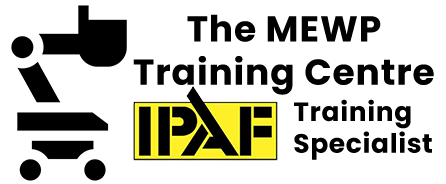
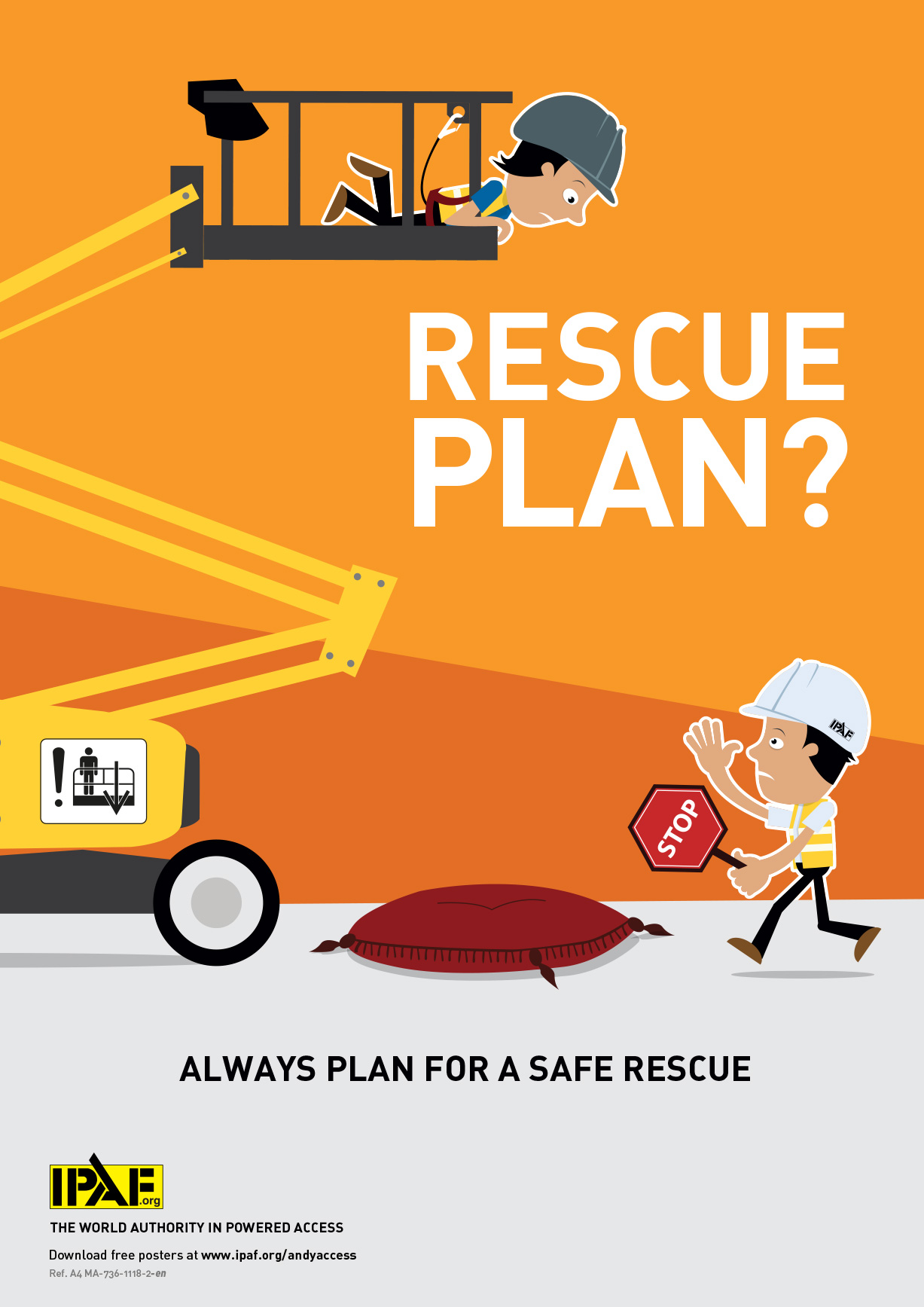
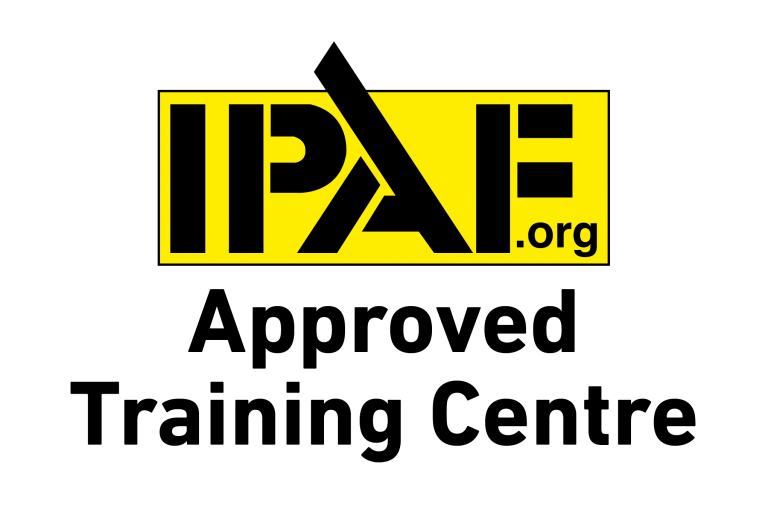
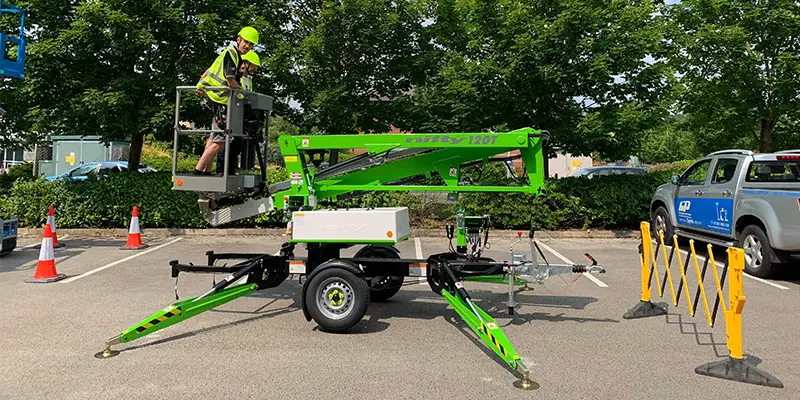
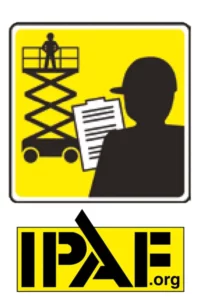
Your article helped me a lot, is there any more related content? Thanks!
I don’t think the title of your article matches the content lol. Just kidding, mainly because I had some doubts after reading the article.
I don’t think the title of your article matches the content lol. Just kidding, mainly because I had some doubts after reading the article.
Your article helped me a lot, is there any more related content? Thanks!
Thanks for sharing. I read many of your blog posts, cool, your blog is very good.
I don’t think the title of your article matches the content lol. Just kidding, mainly because I had some doubts after reading the article.
You actually make it seem really easy together with your
presentation but I find this topic to be really one thing that I believe I might never understand.
It sort of feels too complicated and extremely huge for me.
I am having a look ahead in your subsequent submit, I will
try to get the hang of it! Escape roomy lista
Very interesting subject, thank you for posting.?
Your point of view caught my eye and was very interesting. Thanks. I have a question for you.
Thank you for your sharing. I am worried that I lack creative ideas. It is your article that makes me full of hope. Thank you. But, I have a question, can you help me?